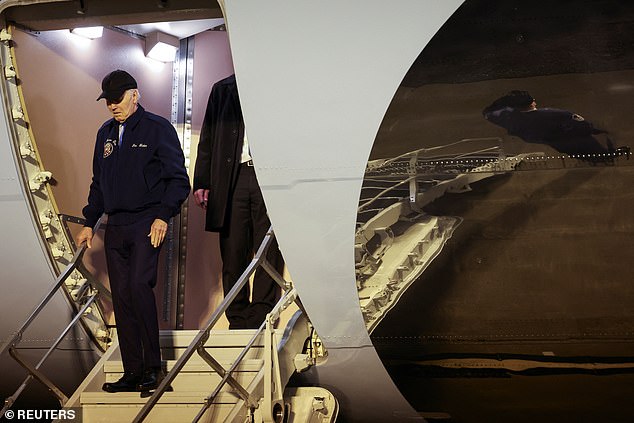It is hard to overstate how much today’s cultural milieu and Donald J. Trump have changed American politics.
The image of those who seek the top office has always been important. Without parsing ancient polls, I am sure Dwight Eisenhower’s image as WWII’s top General helped him when he ran for the Presidency in 1952. Both political parties competed to entice him to be their nominee.
John F. Kennedy, who followed Eisenhower, was a poster man for the top office. Handsome, energetic, young father, beautiful wife—well you recall the profile. And I can’t leave out the Republican Hollywood actor, Ronald Reagan.
Today one Party seems to understand image while the other struggles with it. Importantly, we live in an era of performance art like none other.
We are pummeled with images from awakening to bedtime. The best marketers understand its importance and pay millions to attach dynamic images to their products and services. Indeed sports at the amateur level have been transformed by what is called NIL—name, image and likeness. What we used to call student athletes are now in part image athletes who in the top conferences get paid a lot of money. But, of course, in sports how you play the game either enhances or degrades your NIL value. A bad game hurts as does a bad debate; you can explain them, but you cannot cancel the image.
The Republicans have just nominated a person who has overcome stories about infidelity, unethical business practices and felony convictions in a New York City court because of his carefully shaped image. You will recall NBC telecast “The Apprentice” featuring Donald Trump for 14 seasons; he was characterized as the person who knew business talent. When he decided a contestant hadn’t measured up, he would say “You’re Fired!” Trump also named all of his hotels and other businesses after himself, as in “Trump Towers.” He exuded energy and success. He preened as an anti-politician. Apparently the majority of people overlook his extreme boastfulness as they generally have a bad impression of politicians.
In the meantime, Joe Biden’s image has been sliding for the last few years. First elected to the US Senate as a handsome, energetic, man-of-the- people, in recent times he has increasingly looked and sounded like age has become an essential feature and not a helpful one. He also faces the daunting task of playing defense as the images of our withdrawal from Afghanistan bite.
When people size up his sidekick, Vice-President Kamala Harris, they often see an officeholder who has struggled to express herself as the lights shone on her became progressively more intense. The intensity was amplified because President Biden put Harris in charge of the Southern border.
Trump, understanding the importance of contrast, chose his sidekick out of central casting. JD Vance is young, ruggedly handsome with the modern male inclination to have a beard. He is married to an attractive Indian-American, served in Iraq as a Marine and vaulted himself into national prominence some time ago with an autobiographical assessment of hollowed out American rural and urban landscapes. In short, his beginning in life included a dysfunctional family, widespread drug use and where he lived, rapidly declining job opportunities. While privileged politicians talk about joblessness and homelessness, Vance can spin his own stories, not somebody else’s.
The contrast is deafening. As I write, there is a revolt in the Democrat party as Biden tries to hang on and Democrat leaders and voters are mostly pushing in the other direction. Biden should be in the take-a-bow moment working on his autobiography and library. But, back to the cultural moment.
The ambitious need to understand: you can be brilliant, an exceptional student at an Ivy League institution, but if you don’t have the “It” then your electoral politics are unlikely to pay off. “It” is an image of success with more to come. On the upswing not the downswing.
I hope Democrats will nominate a ticket that can gain attention for its dynamism and skillful advocacy of its platform. America suffers when image politics undermines logic or practical wisdom. We need a contest of policy ideas and plans this fall, not a face-off determined by the best package of “name, likeness, and image.”
Al Sikes is the former Chair of the Federal Communications Commission under George H.W. Bush. Al writes on themes from his book, Culture Leads Leaders Follow published by Koehler Books.



Write a Letter to the Editor on this Article
We encourage readers to offer their point of view on this article by submitting the following form. Editing is sometimes necessary and is done at the discretion of the editorial staff.